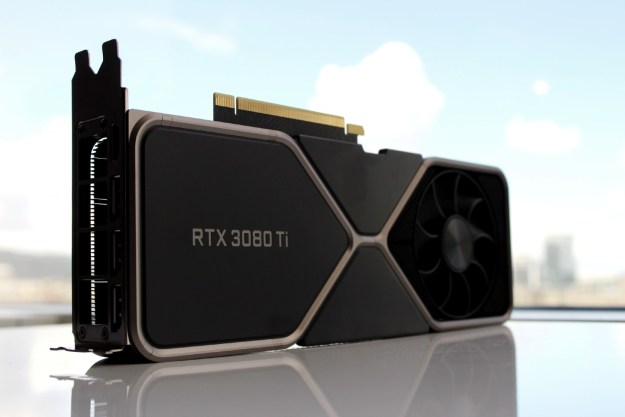
Though its initial launch in Dhaka, Bangladesh’s capital, is rather limited, Uber will soon be diversifying its offerings. And given that Bangladesh boasts a population of 150 million people, 18 million of whom live in Dhaka, the country could prove to be a major opportunity for the ride-sharing company. Using the service in the country will be similar to how it’s used elsewhere, though riders are currently asked to pay in cash at the end of the ride (rather than linking a credit card, as passengers in other countries may be accustomed to).
But many of the other details of the Uber experience remain consistent. For example, the company noted, “You’ll receive important details about your ride, such as contact information of the driver and the license plate number of the car.” Passengers can also track the location of their driver and share trip details with friends and family members.”
Uber is also partnering with “Bangladesh’s leading telecom partner Grameenphone” in order to “elevate the experience for our riders and drivers.” Grameenphone is the country’s largest mobile carrier, and previously spearheaded the launch of a mobile health initiative in the country, further proving the importance of mobile carriers in emerging markets.
“We’re working hard to get many more driver-partners and cars on the road to get you a comfortable, reliable and safe ride at the push of a button on your smartphone app,” Uber concluded. So no matter where you are in the world, it looks like you’ll be able to hail a ride from your phone.
Editors' Recommendations
- Uber offers new feature for environmentally conscious riders
- Waymo’s robotaxis are coming to Uber’s ridesharing app
- Uber says it’s investigating ‘cybersecurity incident’
- Google is bringing its futuristic AR glasses to the real world … kind of
- The Meta Quest 2 VR headset is dominating Steam


